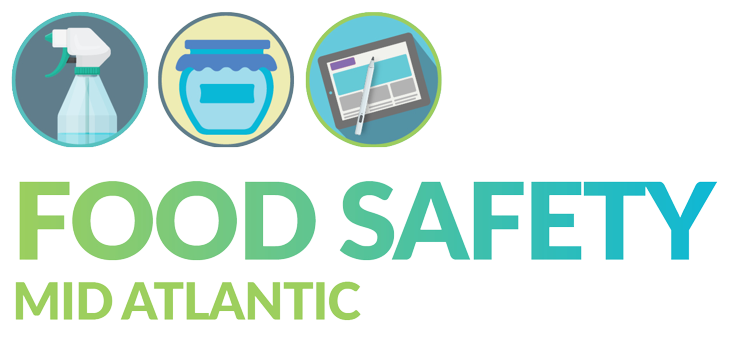Allergens are only dangerous to the person sensitive to the allergen and then the allergen can be deadly. Fortunately we know enough about allergies, people’s responses and how to deal with them that given care, allergy sufferers may avoid their trigger and live happy, healthy, and long lives.
There are many allergens, the FDA lists eight food allergens and mentions that there are 160 foods that have caused an allergic response in sensitive individuals and that is not including those of us who have non allergic sensitivity responses, such as my response to alcoholic beverages. There is some confusion as to how to define a food allergen as sometimes a protein isn’t present and an apparent allergic response happens. Sulfite for example, can cause people to have asthma attacks and it is not a protein. Typically a food allergen causes the histamine response as discussed here.
As a food manufacturers we must do our part to protect consumers. A first step is to know which of our ingredients may cause an allergic response in sensitive consumers. This may be a minor component of an ingredient. Milk, for example, may be present in chocolate chips. This allergen must then be listed on the label for consumers to see. To ensure this happens correctly, requires that we have a standard operating procedure (SOP) to make sure that the right product goes in the right packaging. You don’t want to end up like Frito-Lay with Cheddar Cheese and Sour Cream Ruffles in Original Ruffles bags. This is misbranding and shall lead to a recall and loss of consumer trust; both of which could put a small food business out of business.
As well as labeling, you also need to have Good Manufacturing Practices (GMPs) and SOPS for managing allergens in your facility. This will make sure that you don’t accidentally have cross contact between a food containing an allergen and one that doesn’t. For example, this includes the cleaning and sanitation of your equipment and utensils thoroughly.
When storing allergens, ensure that allergens, and ingredients containing allergens, are stored below other ingredients. One way to do this is to clearly label your ingredients on arrival with different colored stickers for each allergen type as this clearly shows what is in each package or on each pallet.

When ordering supplies, check that your ingredients or packaging haven’t changed. My experience has been that very occasionally suppliers will change how they make something which may lead to problems if you are caught unawares.
Make sure your co-workers, sanitation team, pest control contractor and others commonly in your facility understand your allergen policy. If you are making a food that is free from an allergen, it is probably worth banning that ingredient from your facility. Schools, for example, do not allow peanuts in the school.
There are a lot of little ways to support your consumers with food allergies. The best way to ensure consumer safety is to work directly with me to create a comprehensive allergen policy that brings all these pieces together. Book a call today so we can get the process started.


Another great blog Cathy! This one was very helpful